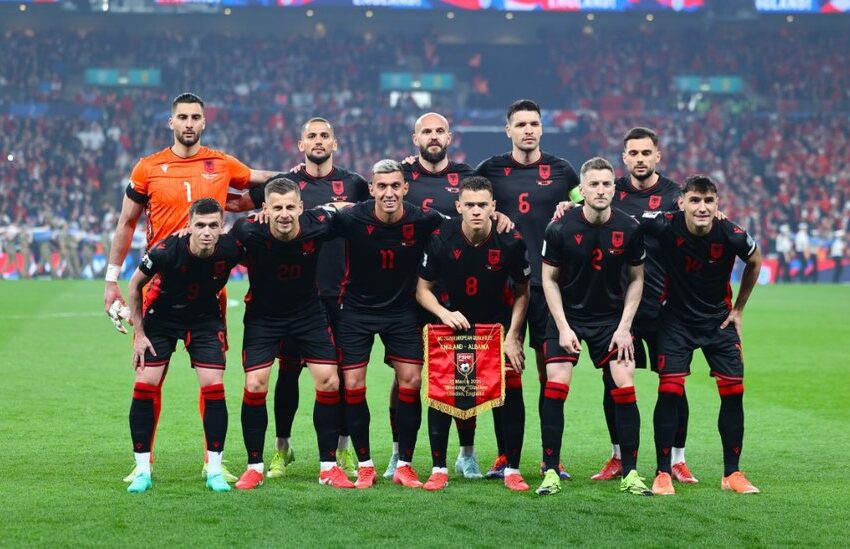Restoration of Rubik’s medieval church mural unveils historic art and heritage

Photo: Conservation and restoration work on the mural painting of the Church of Salvation in Rubik
The National Institute of Cultural Heritage (IKTK) announced the completion of conservation and restoration work on the mural painting of the Kisha e t’Shëlbuemit (Church of Salvation) in Rubik. Supported by the EU4Culture program, the restoring team revitalized the eastern part of the church, enhancing its overall appearance.
Why is this significant:
- Cultural Preservation: The restoration protects one of Albania’s most significant Christian monuments, preserving its historical and artistic value for future generations.
- Rediscovery of heritage: The restoration unveiled previously hidden medieval frescoes, adding depth to the understanding of the church’s evolution and its role in Albanian history.
- Tourism: Declared a Cultural Monument in 1971, the restored church serves as a vital cultural and spiritual landmark, enhancing heritage tourism to the area.
Significance of the church: Kisha e t’Shëlbuemit, also known as the Church of Rubik, is a key icon of Albanian Christianity and a valuable part of the nation’s thousand-year-old heritage. The medieval Benedictine monastery is strategically positioned on a rocky terrain along a natural bend of the Fan River, overlooking the city of Rubik. This location historically allowed the monastery to dominate key water and land routes.
Historical background: The church has been documented 34 times from 1166 to 1972, emphasizing its historical and religious significance. Originally Franciscan, it was part of the Lezha diocese and is now included in the newer diocese of Rrëshen. The current Church of the Savior is a single-nave structure that has undergone several phases of reconstruction and restoration. Since the late 19th century, these interventions have significantly altered its original appearance, yet preserved elements of its medieval past.
Discoveries: Specialists from the Artworks Sector at IKTK closely monitored the restoration, which also revealed new mural fragments on the southern and northern walls, enriching the historical core of the church. Medieval frescoes adorn the church’s interior, particularly on the eastern wall, dating back to 1272. Earlier historical records, such as those by Bishop Benedetto Orsini in 1629, reference an inscription above the church door from 1267. A key discovery is an epigraph in the apse area that presents Abbot Innocenti in the Deesis, marking the year 1272. These findings highlight the church’s artistic heritage and its transformative history.


